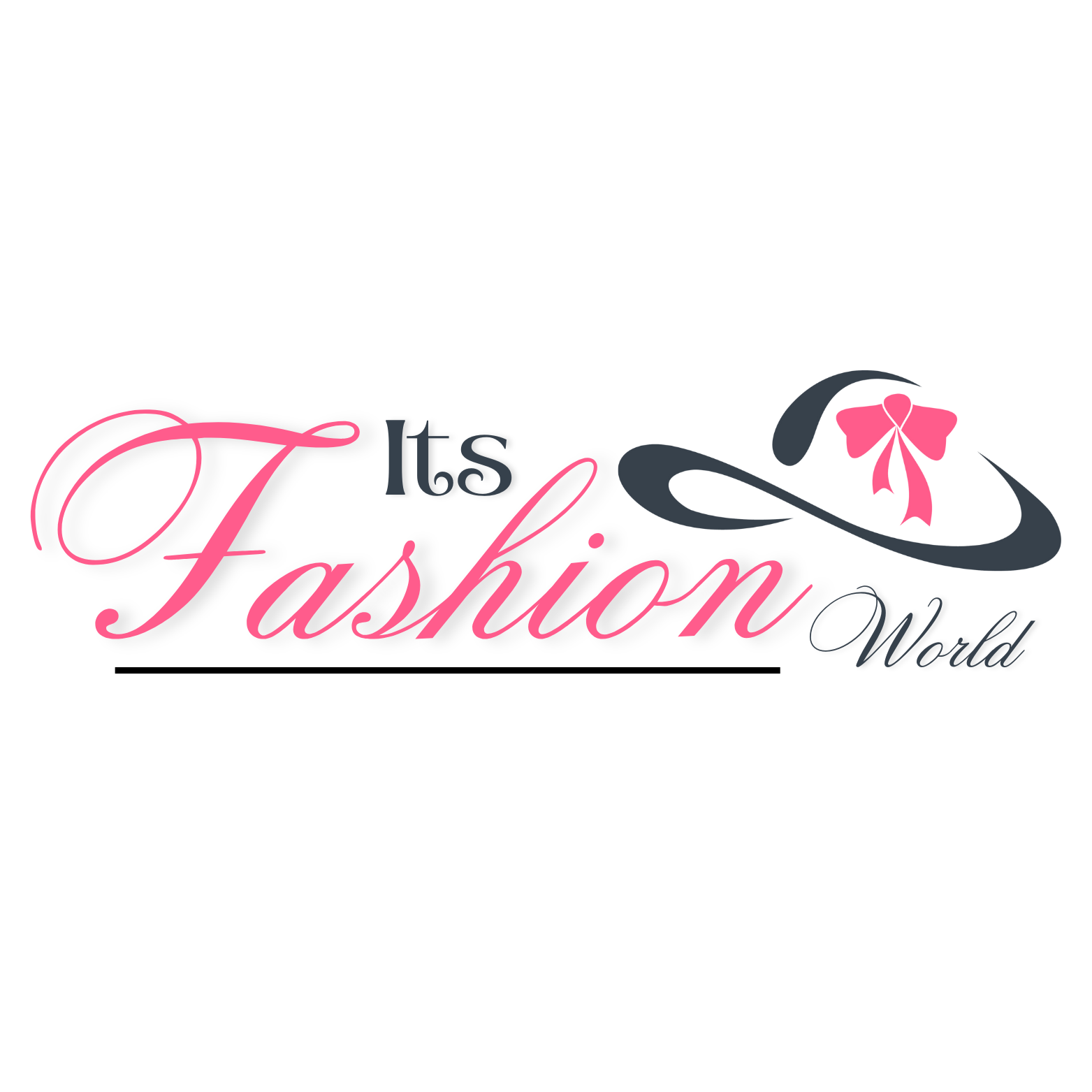In today’s world, fashion knowledge is more accessible than ever. If you have a deep understanding of fabrics, patterns, textures, color combinations, hairstyles, and accessories, a career as a fashion stylist may be the perfect fit for you. Fashion stylists play a vital role in the industry, curating looks that often blend vintage and contemporary pieces to create new trends. If you’re passionate about fashion and possess the requisite skills, pursuing a career as a fashion stylist can be rewarding.
Understanding Fashion Styling
Fashion styling goes beyond mere clothing selection; it involves knowing how to pair makeup with outfits, choosing hairstyles that complement specific looks, and creatively mixing old garments with new ones. To help you embark on your journey to becoming a fashion stylist, here are some essential steps to consider:
1. Cultivate a Fashion Eye
Developing a keen eye for fashion is crucial. For those with a background in fashion design, transitioning to styling may come more naturally, but anyone can learn. Start by practicing your styling skills in your daily life—experiment with outfits, accessories, and combinations to see what works. Pay attention to how different colors and styles can enhance your overall look.
2. Stay Updated on Trends
To be successful in fashion styling, you must stay informed about current trends. Regularly read fashion magazines, watch fashion-focused television channels, and follow influencers on social media platforms. This will help you understand what’s in vogue and how to incorporate those trends into your styling repertoire. Remember, trends evolve, so continuous learning is essential.
3. Explore Fashion Literature
Reading books on fashion styling can greatly enhance your understanding of the field. Numerous resources, both online and in print, delve into the principles of styling, showcasing techniques, and offering insights into industry practices. This foundational knowledge will serve you well as you develop your own style.
4. Obtain Relevant Education
If you’re serious about becoming a fashion stylist, pursuing a formal education in fashion styling is advisable. Various online courses and in-person programs are available, especially given the current emphasis on remote learning due to circumstances like the COVID-19 pandemic. These courses will equip you with the knowledge and skills necessary to thrive in the industry. Additionally, having a degree can be essential if you aspire to work with high-profile clients, such as celebrities.
Potential Job Roles for Fashion Stylists
There are numerous career paths within fashion styling. Depending on your interests and skills, you may choose to pursue roles such as:
- Fashion Consultant: Advising clients on wardrobe choices and personal style.
- Fashion Illustrator: Creating visual representations of fashion designs.
- Fashion Merchandiser: Overseeing product selection and visual presentation in retail settings.
- Fashion Editor: Curating and editing fashion content for publications.
Responsibilities of a Fashion Stylist
As a fashion stylist, your responsibilities may include:
- Attending various events, including runway shows and brand launches, to stay current with industry trends.
- Collaborating with designers, photographers, makeup artists, and other industry professionals.
- Following fashion trends through magazines, TV shows, movies, and advertisements.
- Understanding fabric combinations to create unique and appealing looks.
- Building a personal brand and creating distinctive images for clients.
- Networking within the industry to expand professional connections.
- Assisting retail buyers in selecting clothing for major retail chains.
- Gaining practical experience through internships.
Conclusion
This guide has provided a comprehensive overview of how to become a fashion stylist, outlining essential skills, responsibilities, and career paths. If you possess a passion for fashion and a strong understanding of styling principles, now is the perfect time to pursue your dreams in this dynamic field. Embrace your creativity, stay informed about trends, and continuously hone your skills to thrive as a fashion stylist.





